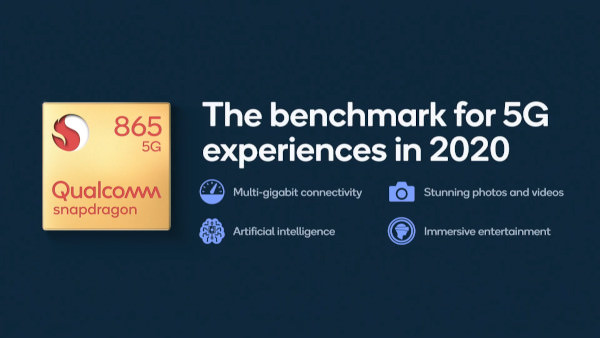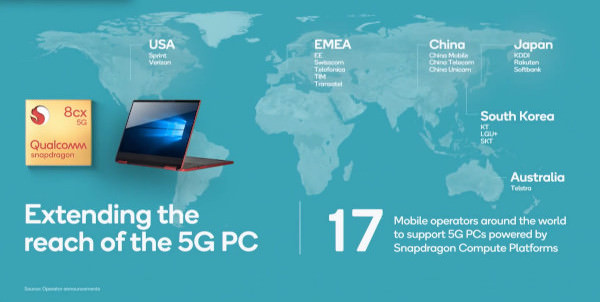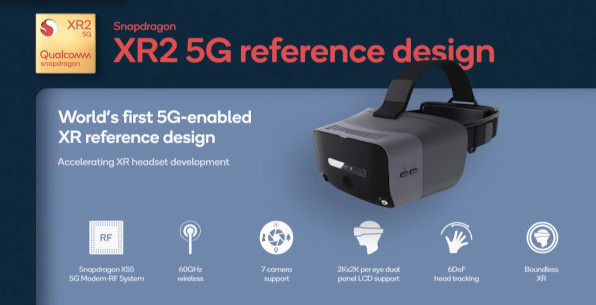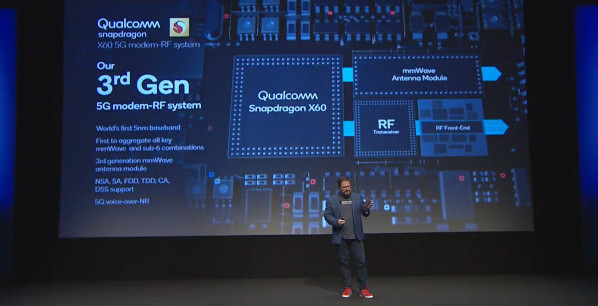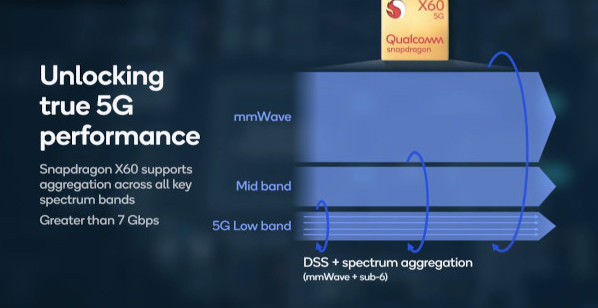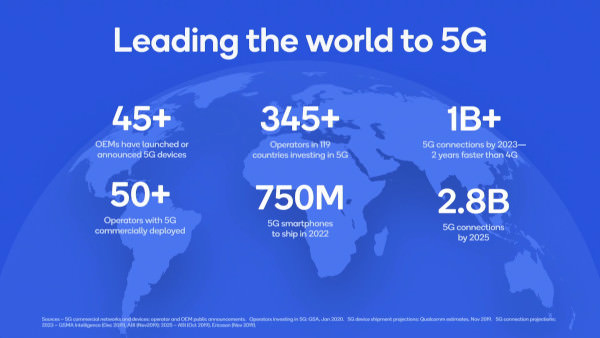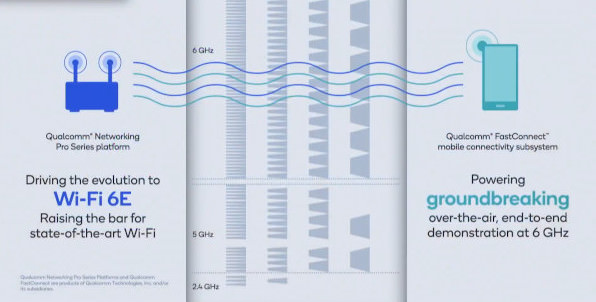Qualcomm presents the news between Snapdragon 865 and X60, 5G and WiFi 6E and virtual reality!
Qualcomm presented the latest news both in the field of processors, with the Snapdragon 865, and in the field of network connectivity, with the X60 modem and the WiFi 6E. There is also talk of the evolution of 5G in the coming years.
Qualcomm has announced many innovations within its 5G offer: new processors and modems for smartphones, new technologies for operators, new extensions to the WiFi 6 standard, and new devices such as PCs and viewers for virtual reality.
Qualcomm’s 5G news: Snapdragon 865 and Snapdragon for PC and virtual reality
Qualcomm has officially presented the new Snapdragon 865, already present on the Samsung Galaxy S20 presented in recent days. The company claimed to have collaborated with all major manufacturers, with as many as 70 devices coming soon. These include ASUS, Black Shark, Lenovo, Nubia, Oppo, Realme, Redmi, Sharp, Sony, Vivo, Xiaomi, and ZTE.
The Snapdragon 865 is equipped with the 5G-enabled Snapdragon X55 modem, offers compatibility with WiFi 6 and Bluetooth thanks to the Qualcomm FastConnect 6800 connectivity subsystem.
Qualcomm also said that its Snapdragon PC platform will expand further and will be supported by operators in various countries. Thanks to the Snapdragon processors, it will be possible to have computers with long battery life, estimated on the agenda, and equipped with integrated 5G connectivity.
The new Snapdragon XR2 5G reference design shows the new possibilities introduced by the use of 5G for virtual reality headsets. Compared to the previous generation, the leap forward in terms of computing power is remarkable: CPU and GPU have doubled performance, while the improvement in AI applications is 11 times.
There is support for up to 7 cameras; on the prototype, there are two positioned internally to follow the movement of the eyes plus four external ones, two of which for mixed reality experiences and two for creating depth maps.
Qualcomm Snapdragon X60, the new 5G modem
The new Qualcomm Snapdragon X60 modem is the first to be produced with a 5 nm process, built by Samsung, and the first to provide the aggregation of all the key combinations of mmWave and sub-6 GHz for a total bandwidth greater than 7 Gbps. The new modem offers voice transmission support via the 5G NR standard.
The main novelty of the Snapdragon X60 is precisely the aggregation of the various bands: to obtain speeds above 7 Gbps, it is necessary to use the mmWave frequencies, the medium frequencies, and the low frequencies of 4G. The Snapdragon X60 allows you to use all the available frequencies by combining them and bringing the connection speed to extremely high levels.
The present and future of 5G for Qualcomm
The situation presented by Qualcomm regarding 5G speaks of a rapidly expanding technology. At the moment, more than 345 operators in 119 countries are investing in 5G, with an estimate of more than 1 billion 5G connections by 2023 (two years less than 4G), and 750 million 5G smartphones sold by 2022. By 2025, 5G connections are expected to be 2.8 billion.
Among the novelties for 2020 and beyond we find a further expansion of mmWave technologies to provide greater connection speed, the use of the frequencies currently assigned to 4G to provide 5G connectivity (DSS, Dynamic Spectrum Sharing) and the arrival of the standalone mode 5G, or the use of the 5G network to transfer information and signal instead of relying on the 4G infrastructure for control.
The world of 5G is ferment due to the transition from 4G to new-generation networks, and further developments of the standard are expected over the next few years, with new uses also dictated by the use of frequencies previously allocated for other services.
Particularly interesting is what Rakuten presented: the company, best known for its e-commerce activities and for being the owner of Kobo, is also a virtual operator in Japan and is now carrying out the implementation of its infrastructure to support the passage towards 5G and its transition to a full-fledged mobile operator.
Rakuten is focusing on highly virtualized infrastructure, to the point that even the antennas contain minimal logic and use Qualcomm’s FSM modems to guarantee up to 9.6 Gbps throughput. Thanks to this infrastructure that was previously impossible to create, Rakuten can keep costs down to a minimum and has just 130 people to manage its network. This is a significant saving in operating costs, which can also lead to lower prices for consumers and client companies.
WiFi 6E is coming: Qualcomm support
WiFi has so far exploited the 2.4 GHz and 5 GHz frequencies. WiFi 6, also known as IEEE 802.11ax, has also led to access to the 6 GHz frequencies. Qualcomm has now announced the availability of the first solutions to create products that support WiFi 6E or WiFi 6 in frequencies around 6 GHz.
This is an important innovation as the WiFi 6E promises high performance, equal to 1.4 Gbps at 7 m distance with obstacles in between, which allow you to create new use cases both in private and in business and industrial. Qualcomm claims that there are over 200 products, including routers, modems, and access points in the works that exploit its solutions to make the use of WiFi 6E possible.


